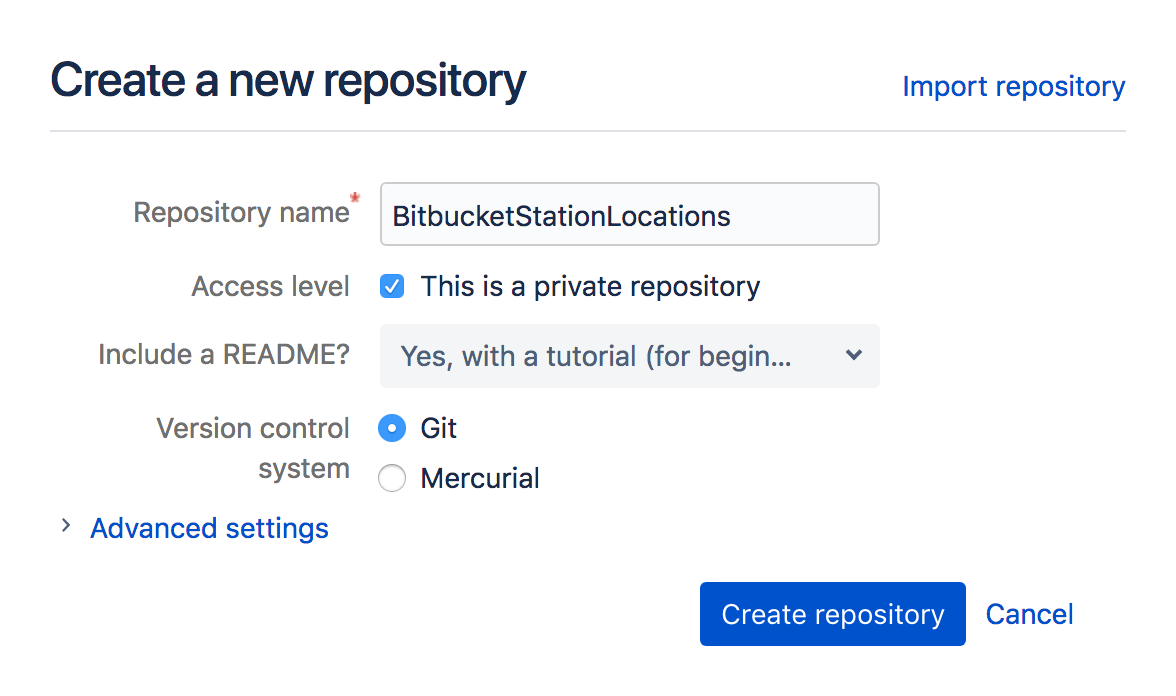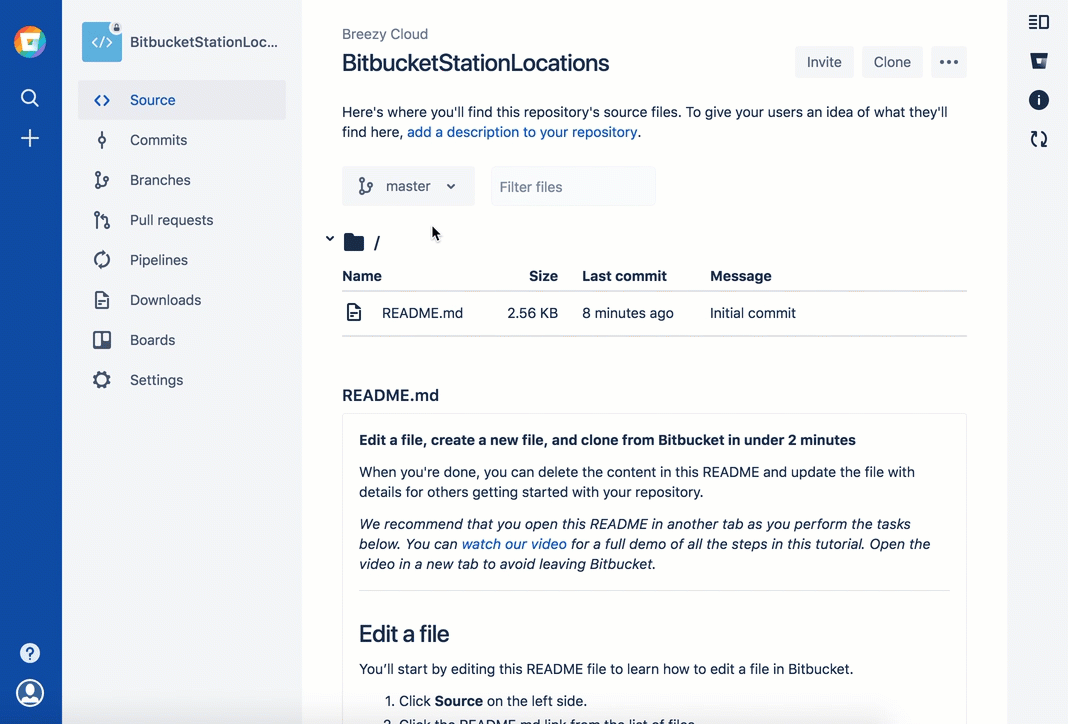How To Create Bitbucket Account
As our new Bitbucket space station administrator, you need to be organized. When you make files for your space station, you'll want to keep them in one place and shareable with your fellow crew members, no matter where they are in the universe. With Bitbucket, that means adding everything to a repository. Let's create one!
- You have access to all files in your local repository, whether you are working on one file or multiple files.
- You can view public repositories without a Bitbucket account if you have the URL for that repository.
- Each repository belongs to a user account or a workspace. In the case of a user account, that user owns the repository. In the case of a workspace, that workspace owns it.
- The repository owner is the only person who can delete the repository. If the repository belongs to a workspace, an admin can delete the repository.
- A code project can consist of multiple repositories across multiple accounts but can also be a single repository from a single account.
- Each repository has a 2 GB size limit, but we recommend keeping your repository no larger than 1 GB.
Step 1. Create the repository
Initially, the repository you create in Bitbucket is going to be empty without any code in it. That's okay because you will start adding some files to it soon. This Bitbucket repository will be the central repository for your files, which means that others can access that repository if you give them permission. After creating a repository, you'll copy a version to your local system—that way you can update it from one repo, then transfer those changes to the other.

Do the following to create your repository:
- From Bitbucket, click the + icon in the global sidebar and select Repository.
Bitbucket displays theCreate a new repository page. Take some time to review the dialog's contents. With the exception of theRepo sitory type, everything you enter on this page you can later change.

- Enter
BitbucketStationLocationsfor theName field.
Bitbucket uses thisName in the URL of the repository. For example, if the userthe_besthas a repository calledawesome_repo, the URL for that repository would behttps://bitbucket.org/the_best/awesome_repo. - Keep the rest of the options as is unless you want to change them:
- Access level—Leave theThis is a private repositorybox checked.A private repository is only visible to you and those with access. If this box is unchecked, anyone can see your repository.
- Include a README?—If you recently created your account, this defaults to a tutorial README. For the purposes of this tutorial, pick either of the Yes options, that way you'll start out with a file.
- Version control system—Keep Git for the purposes of this tutorial.
- ClickCreate repository.
Bitbucket creates your repository and displays itsSource page.
Step 2. Explore your new repository
Take some time to explore the repository you have just created. To view the shortcuts available, pressShift and the? key on your keyboard.
Click+ from the global sidebar for common actions for a repository. Scan through the links in the navigation sidebar to see what's behind each one, including the repositorySettings where you'll update repository details and other settings. Click theCommits in the sidebar. If you included a README, you'll see one commit on that page.
Your repository is private and you have not invited anyone to the repository, so the only person who can create or edit the repository's content right now is you, the repository owner.

How To Create Bitbucket Account
Source: https://support.atlassian.com/bitbucket-cloud/docs/create-a-git-repository/
Posted by: martinezdiente.blogspot.com

0 Response to "How To Create Bitbucket Account"
Post a Comment